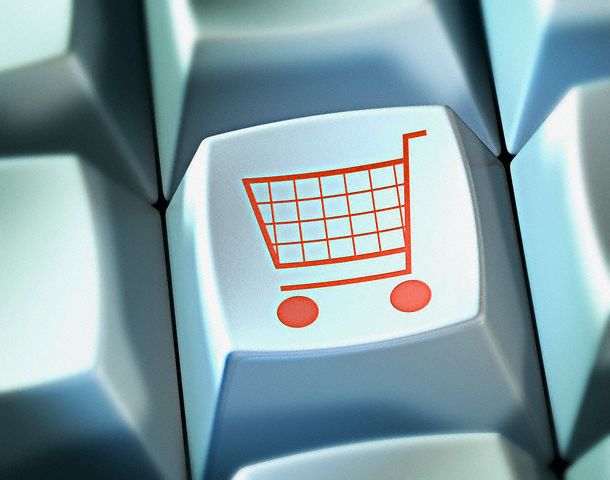Almost every CMO went into Black Friday and CyberMonday with one thought in mind: shoppers are more price-sensitive than ever before. According to Forrester, 58% of Americans said they are more price-conscious today than they were a year ago. Holiday 2011 was the year of free shipping, steep discounts and group deals.
 But what actually happened on Black Friday and CyberMonday radically shifted the conversation. Consumers spent like mad—online and on mobile devices. According to comScore, CyberMonday sales grew 22% as online shoppers racked up more than $1.25 billion worth of purchases in a single day. More shoppers used the iPad to make retail purchases than any other device. Overall, mobile shopping on devices like iPads and smartphones rose dramatically this CyberMonday, reaching 6.6% of total sales up from 2.3% in 2010.
But what actually happened on Black Friday and CyberMonday radically shifted the conversation. Consumers spent like mad—online and on mobile devices. According to comScore, CyberMonday sales grew 22% as online shoppers racked up more than $1.25 billion worth of purchases in a single day. More shoppers used the iPad to make retail purchases than any other device. Overall, mobile shopping on devices like iPads and smartphones rose dramatically this CyberMonday, reaching 6.6% of total sales up from 2.3% in 2010.
As marketers, we should be dancing in the streets with excitement. Because our bold investments—in mobile, online, in delivering the absolutely best experience wherever our customers shop—are paying off in a huge way. With mobile-led sales, we're not just racking up revenues, but also a treasure trove of data. The data trail left by online and mobile shoppers surpasses anything retailers could hope to gain in the mall or on Main Street. This data is the currency of marketing, and it will transform brands and business in 2012 and beyond.
Four Ways to Make the Most of Holiday Data
By mining this social data and combining it with purchase, CRM, and loyalty data, retailers can get real-time insights into what customers want and why. They can use this data to improve holiday sales on the fly this year—improving product mix, gift recommendations, and offers in real time—but also to fine-tune marketing, merchandising and product design over the next 12 months.
- Identify new revenue opportunities: Collect social data such as customer shares, likes, dislikes, ratings and reviews and then combine this with CRM, loyalty, and purchase data to get a clear picture of what your customers want—and why they want it—this holiday season. By analyzing a mix of qualitative and quantitative data, you'll see trends you didn't know about—such as a preference for a product you didn't expect to be hot or surprising positive or critical reviews. Based on your real-time findings, you can modify gift guides, promotions, product mix, and marketing messages on the fly to promote the most popular products. Data becomes a leading indicator you can use to maximize revenues right now.
- Segment to improve marketing: By gathering social data in real time, you can see exactly what specific segments think of a product. This holiday, by analyzing social data, you can update messages and offers on the fly based on who is buying a product and what they're saying about it. With real-time social data, you can see why a particular segment loves a product—great fit on a jacket, best gift for teachers—and then highlight these features in campaigns.
- Co-create new products with evangelists: Mine social data gathered over the holidays to identify your best customers—those who not only spent the most, but also those who shared the most. In a data-driven world, your best customers are those who contribute thoughtful reviews, comment on products, and share promotions with friends. Identify these influencers based on their advocacy, participation, and Net Promoter scores, and then assemble them into 24-7 digital focus groups so you can collect their valuable feedback over time. You can group top influencers by segment, product SKU, or category. Then, take their feedback into account to co-create products and fine-tune marketing campaigns.
- Change your products: The bottom line is that your customers are a wealth of information. Listen to what they're saying this holiday, and then respond directly to their feedback by fixing problems with your products. If customers uniformly complain about an aspect of a product, create an improved product that fixes the issue. Why not reach out to disgruntled shoppers to let them know the problem was fixed and you'd like to offer them a replacement product. By taking your customers' authentic feedback into account, you not only will improve your products all throughout the year, but gain customer trust and loyalty.
How people shop online is changing before our eyes. Forward-thinking brands will embrace these new behaviors and give customers the experiences they want, however they choose to shop. In return, they will gather a tremendously valuable trail of customer data to help them improve their businesses and boost profits over the long term—and that's the best gift any retailer could hope to receive this holiday.
Erin Nelson is CMO of Bazaarvoice.




